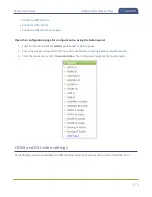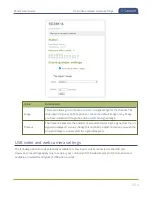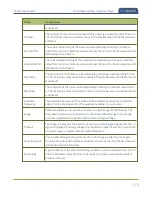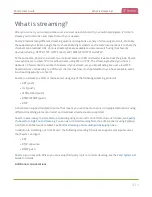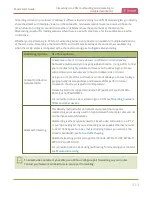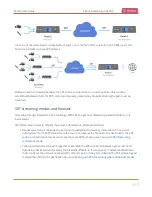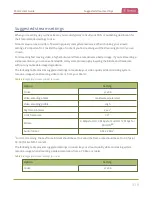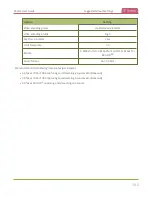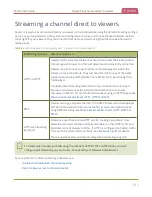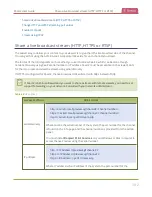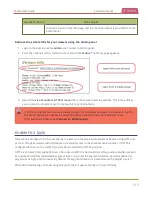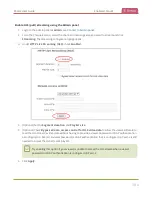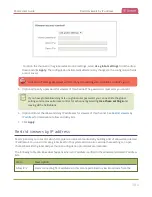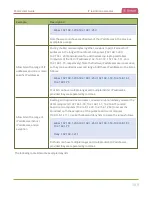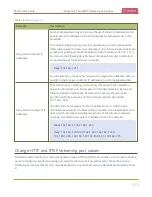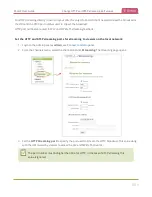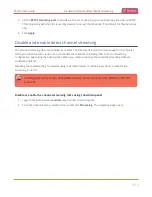
Pearl-2 User Guide
Secure streaming
The device you set as the Caller (or Listener) is arbitrary, as long as one device is a Listener and the
other is a Caller.
SRT latency controls and AES stream encryption
SRT includes latency controls to adjust for poor network quality while maintaining an acceptable amount of
delay. Pearl-2 provides statistics to determine the amount of packet loss. Using the Admin panel, you can
increase or decrease the amount of latency applied to the stream to help mitigate any Quality of Service (QoS)
issues. The default latency values are 125 ms for an SRT stream and 80 ms for an SRT input, see
and view the SRT stream status
.
For greater security, you can set the SRT stream to 128 bits, 192 bits, or 256 bits AES encryption. Encryption
settings must be set to the same values on both the SRT encoder sending the stream and the SRT decoder
that's receiving the stream, see
Set AES encryption and a passphrase for SRT
Secure streaming
Secure streaming is a great option for confidential content, such as corporate meetings or internal employee
training. There are several ways to secure your live stream with Pearl-2.
l
Stream to a CDN or media server over the Internet using Secure Reliable Transport (SRT).
l
Stream to a CDN or media server over the Internet using Real Time Messaging Protocol Secure (RTMPS).
l
Stream HLS (push) over local HTTPS networks.
l
Stream MPEG-DASH (push) over local HTTPS networks.
SRT streaming includes additional AES encryption settings for even more security. You can set the SRT stream
for 128 bits, 192 bits, or 256 bits AES encryption. Encryption settings must be set to the same values on both
the SRT encoder sending the stream and the SRT decoder that's receiving the stream, see
RTMPS wraps the RTMP stream in TLS/SSL packets before it's transported over a TCP connection between the
network server and Pearl-2 (i.e. the client). To set up secure streaming using RTMPS, see
338

